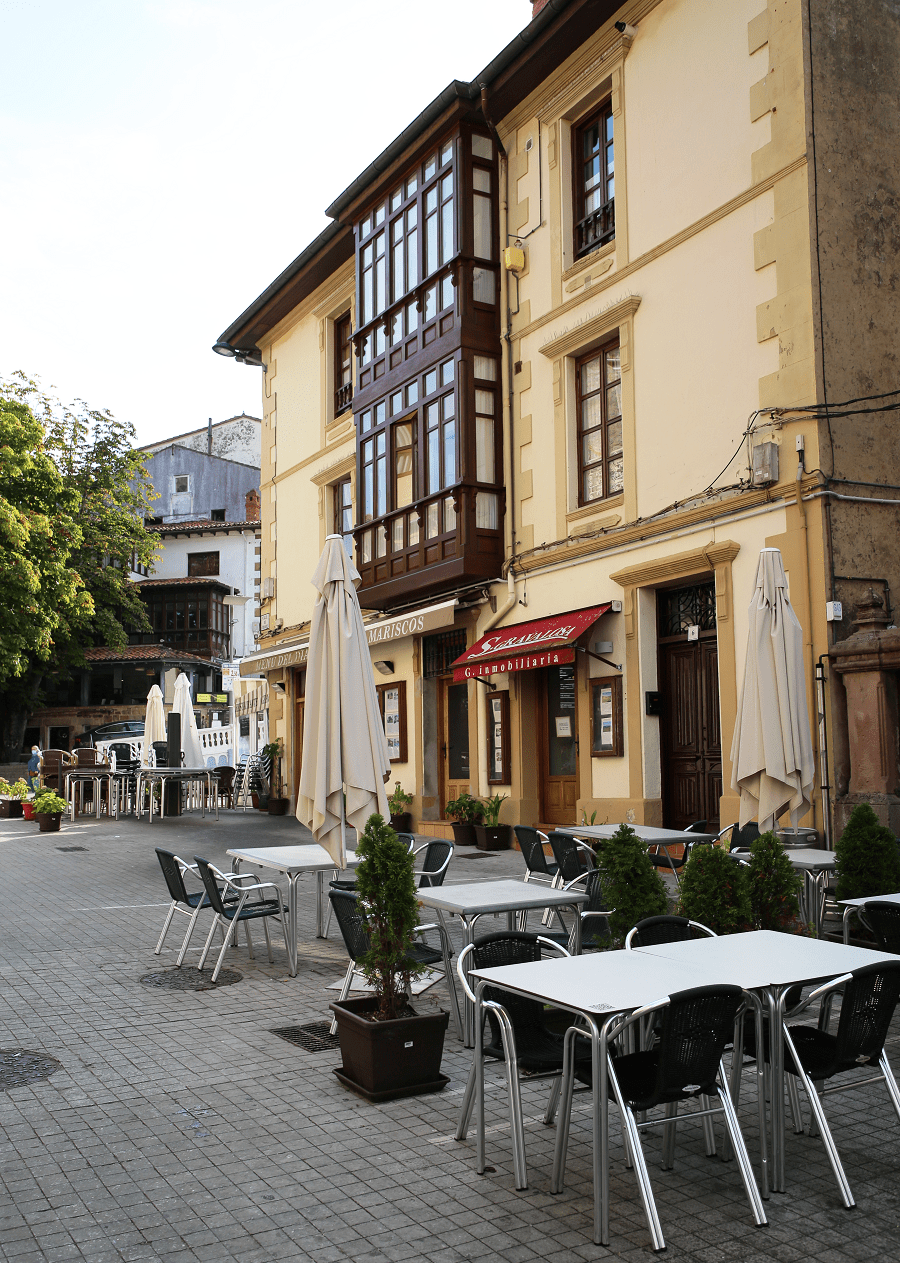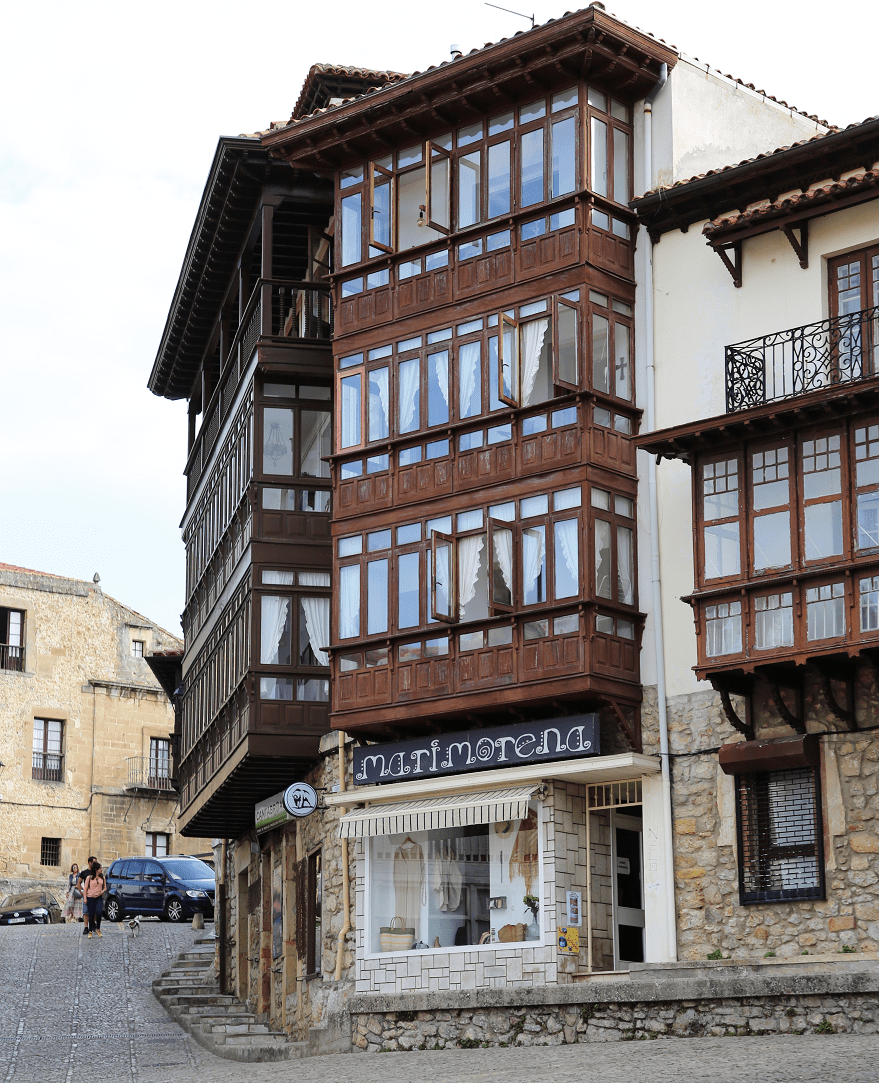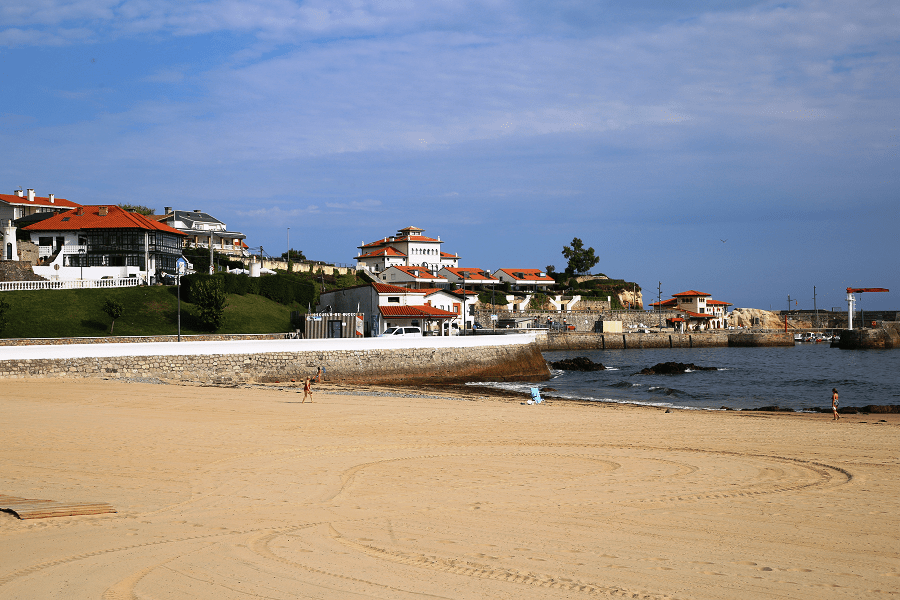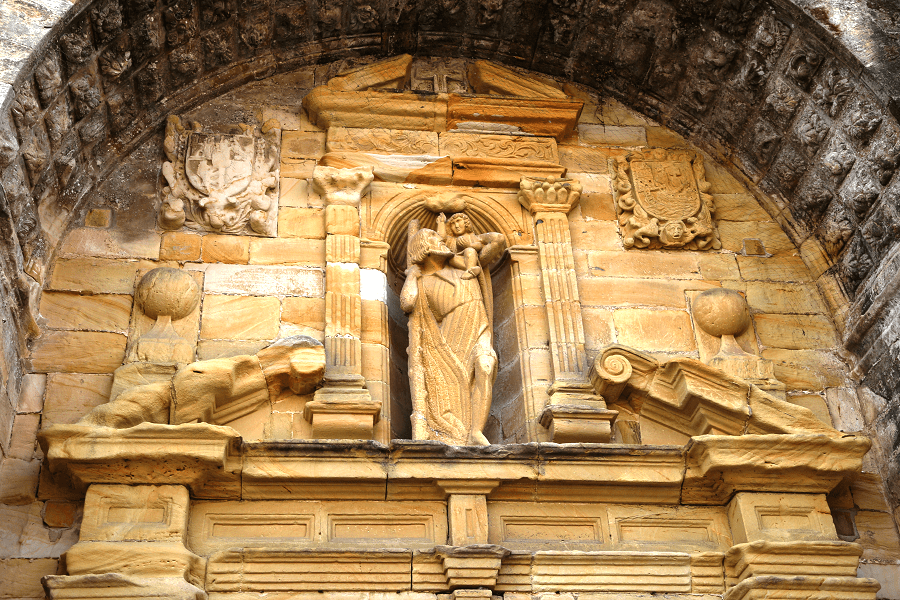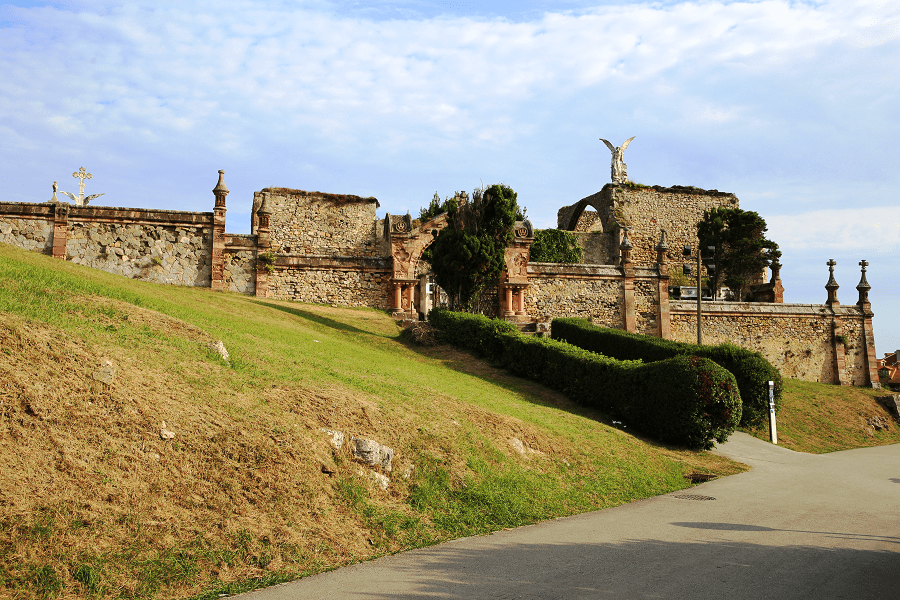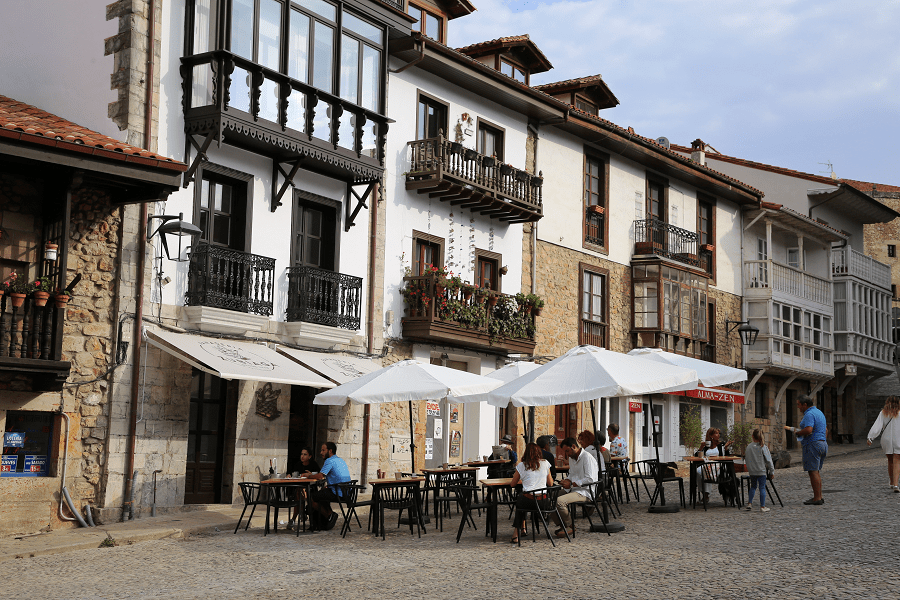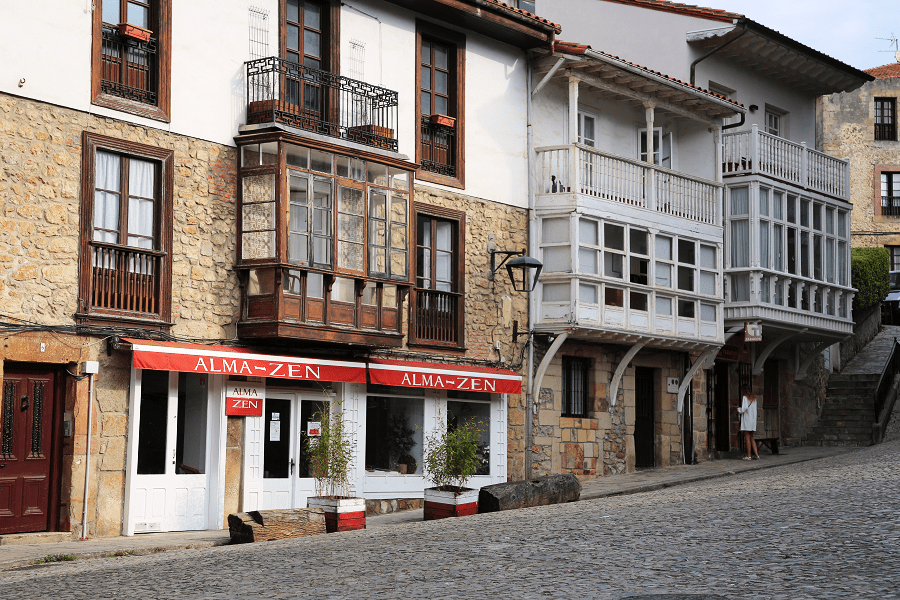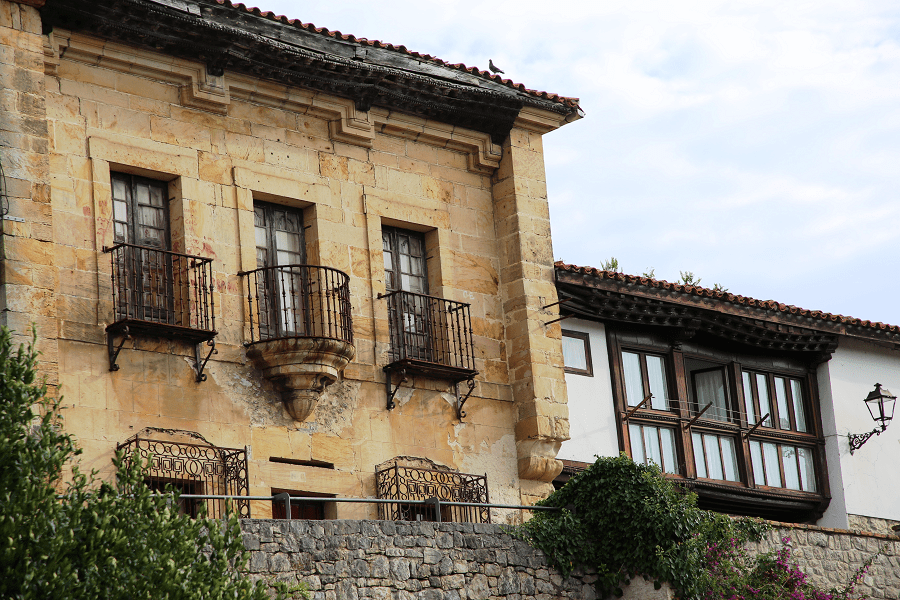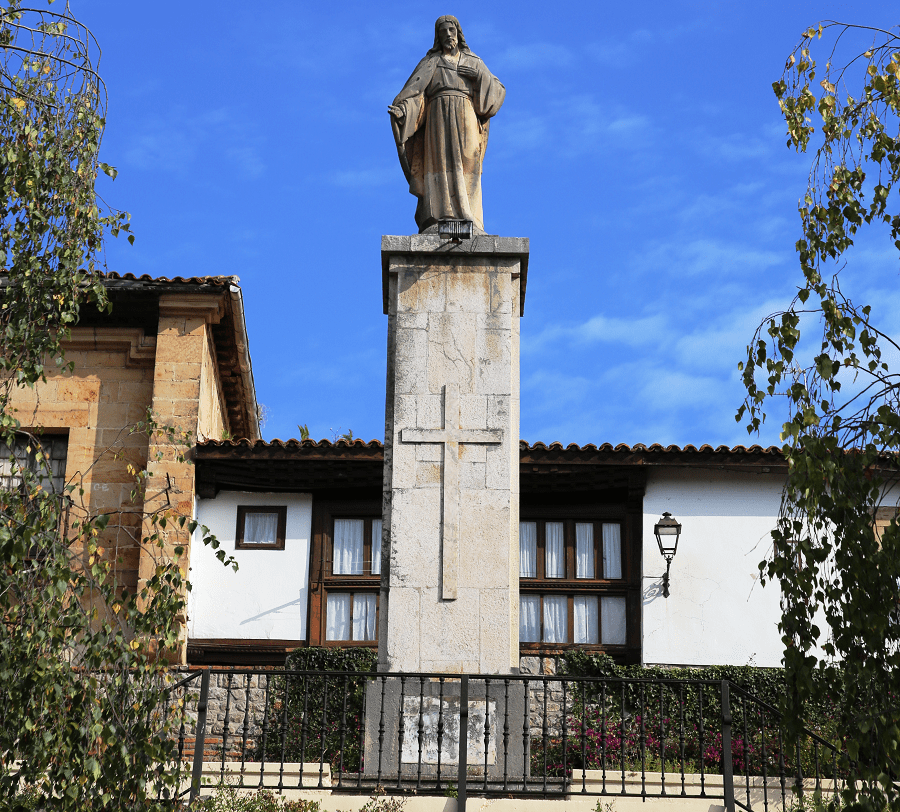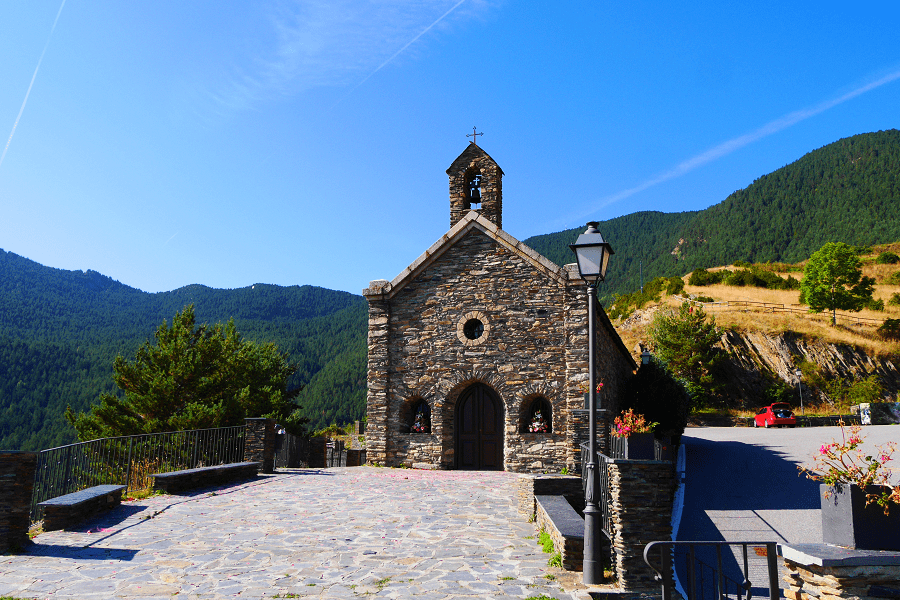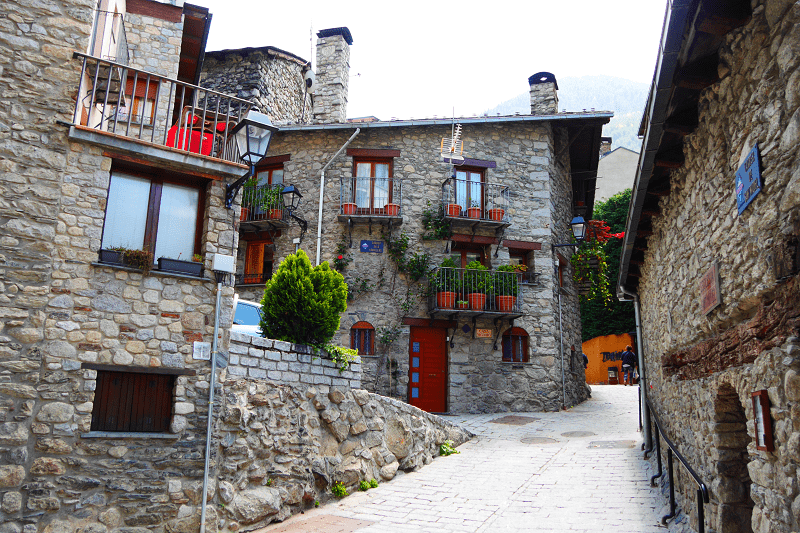Comillas is a municipality and a town in the autonomous community of Cantabria (Spain) located in the Comarca de la Costa Occidental.
This is a popular part of the Costa Cantabria of the Atlantic resorts of Spain.
Since 2024, it is one of the Los Pueblos Más Bonitos de España (most beautiful villages of Spain).
From the second half of the 19th century, the Spanish royal family started spending their summers in Comillas, and so did large part of the Spanish nobility, whose many descendants still frequent the town every summer. As a result, Comillas left an imprint of architectural relics such as palaces and monuments designed by renowned Catalan artists in particular, i.e. Gaudí or Doménech i Montaner. It still maintains its character as “the haven for the decadent and discreet aristocracy”.
Tourism and main attractions
The municipality of Comillas has several assets of cultural interest:
Gaudí’s El Capricho building: the sunflower mosaics stand out on the whim. Also next to the caprice is the statue of Antoni Gaudí.
Main façade of the cemetery, a monument since 1983. The Comillas cemetery was installed next to a late 15th century church, already in ruins. The reform began in 1881, and Domènech i Montaner intervened in it, integrating the ruin into the cemetery, by creating a closure with crosses and pinnacles. On one of the walls of the old church stands the sculpture El Ángel Exterminador, a modernist work by Josep Llimona (from 1895).
Old Pontifical University: apart from the university building that used to be a seminary, you can see the portal and the many gardens.
The Sobrellano Palace, also known as the Palace of the Marquis of Comillas, was the work of the Catalan architect Joan Martorell who built it commissioned by the first Marquis of Comillas , Antonio López y López, finishing the works in 1888. This grandiose neo-gothic building has a rectangular floor plan and has furniture by Antonio Gaudí and paintings by Eduardo Llorens inside.
Next to the palace there is a beautiful chapel – pantheon with a perpendicular Gothic English and Central European court.
The city of Comillas has been a historical complex since 1985.
Cueva de la Meaza, Ruiseñada is the archaeological area of the city.
The church of San Cristóbal is a Catholic temple located in the center of the Cantabrian town of Comillas . Its construction began in the middle of the 17th century (1640) after a discussion that arose between the town and the administrator of the Duke of Infantado in the old Comillas church , its construction ended in the middle of the 18th century , and it was not consecrated until 1831.
It is protected within the historical and artistic complex of the town of Comillas, which encompasses the entire old town.
The Torre de la Vega is formerly owned by the Casa de la Vega (Garcilaso I de la Vega).
The Tres Caños fountain, a monumental work by the modernist architect Lluís Domènech i Montaner. It was built thanks to Joaquín del Piélago for bringing water to Comillas. It was one of the first towns in Spain to have water in their houses.
Güell y Martos Park, a public park and architectural elements by the Catalan architect Lluís Domènech i Montaner.
Statue of the Sacred Heart of Jesus is next to the Rector House.
El Espolón Cultural Center (18th century), an interesting neoclassical building, built in 1794 by order of Juan Domingo González de la Reguera.
House of the Duke of Almodóvar del Río, 19th century English style.
Coteruca Palace: large building with battlements similar to a castle where aristocratic families resided. This building was burned in the civil war by the Republicans but today it has been restored.
Beaches
The city central beach – a picturesque sandy beach. The city centre lies a littler farther back away from the beach that has a large car-park with many reserved disabled parking spaces as well as wheelchair ramps that lead right to the beach. The fishing port lies at one end of the beach. There is a good choice of bars and restaurants.
How to get to?
From Santander 46 min (54.1 km) via A-67 and A-8
From Madrid 4 hr 26 min (462 km) via A-67
Main information
Area: 18 km²
Coordinates: 43°23′13″N 4°17′22″W
Population: 2117
Languages: Spanish
Currency: Euro
Visa: Schengen
Time: Central European UTC +1
See here best sea and ocean resorts of France and Spain (223 objects)





